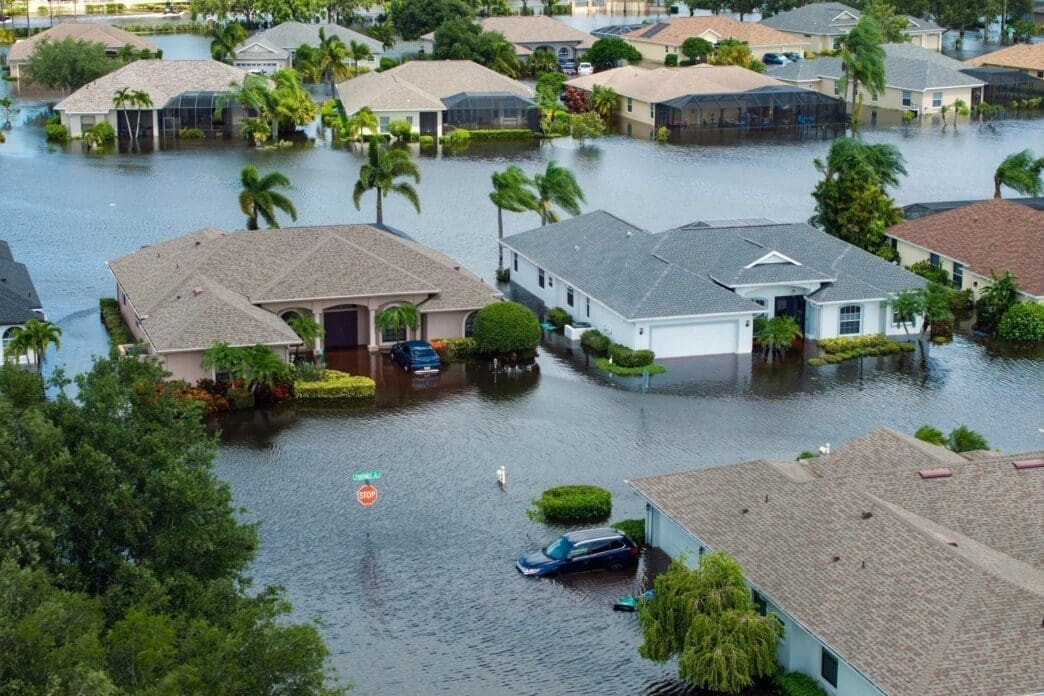For days, meteorologists had been tracking a formidable storm system brewing ominously over the far northwestern Caribbean, about 170 miles south-southeast of the western tip of Cuba. As it inched closer to the southeastern United States, its potential for devastation became alarmingly clear.
Helene, a powerful Category 4 hurricane, struck Florida’s Big Bend area on Thursday night, marking the strongest hurricane landfall on record in the region. Having wreaked havoc in Florida with its intense winds and flash floods, Helene is currently moving swiftly through Georgia towards Tennessee and the Carolinas.
Death Toll Climbs to 45
Hurricane Helene has claimed the lives of at least 45 individuals. Georgia Governor Brian Kemp reported that 15 people lost their lives in Georgia, one of whom was a first responder who perished while attempting to aid others. Tragically, in McDuffie County, located just west of Augusta, officials confirmed that a mother and her twin infants were among the casualties. Additionally, in Wheeler County, southeast of Macon, a man and a woman lost their lives when their mobile home flipped over, according to local authorities. In Florida, the death toll stands at 9, with one person fatally struck on Interstate 4 near Tampa by a falling sign, as per officials.
Tragedy struck North Carolina with two fatalities. In Charlotte, one individual lost their life as a result of a house being struck by a falling tree, as reported by the Mecklenburg EMS Agency. Additionally, authorities confirmed another fatality in a traffic incident in Catawba County. The death toll in South Carolina has reached seventeen, with Governor Henry McMaster noting the loss of two firefighters in Saluda County. In Virginia, Governor Glenn Youngkin sadly announced a single fatality caused by a storm-related tree fall and building collapse in Craig County.
What category is hurricane helene now
As of now, Hurricane Helene has weakened significantly since making landfall in Florida’s Big Bend area. It has been downgraded from a Category 4 hurricane to a tropical storm as it moves further inland. While the storm may have lost some of its strength, it still poses a threat to areas in its path. Heavy rain and strong winds are expected to continue as the storm moves northeast, potentially causing further damage and flooding.
Residents in affected areas are urged to stay vigilant and follow the guidance of local authorities. Even though Hurricane Helene has been downgraded, it is important to remember that tropical storms can still be dangerous and cause significant damage.
Damage in the state of Florida
Helene made landfall shortly before midnight close to Perry, FL, unleashing its wrath as a formidable Category 4 hurricane. The destructive force of the storm tore off rooftops, shattered windows, and splintered trees and power poles as if they were mere matchsticks. The most severe impact seemed to be felt in the Big Bend area of Florida, a thinly populated region now marked by a path of devastation that will require months, if not years, to overcome. Rescue crews are engaged in relentless efforts to access and assist individuals trapped amid the wreckage.
Elsewhere’s Influence
Helene’s devastating impact extended beyond Florida, unleashing landslides in Asheville, North Carolina, disrupting normalcy, and endangering locals. The storm’s wrath prompted a flash flood alert for nearly 20,000 individuals in the vicinity of Newport, Tennessee, compounding the region’s challenges. In Erwin, Tennessee, a quaint town, first responders orchestrated a daring mission, evacuating around 60 individuals from a hospital rooftop submerged in floodwaters.
Property Damage and Power Outages
Over the course of Friday evening, a staggering number exceeding 4.5 million consumers from various states found themselves engulfed in darkness as a result of extensive power failures. The state of South Carolina faced the most severe repercussions, witnessing a lack of electricity for over a million customers. Analysts predict that the repercussions of Helene could lead to property destruction ranging from $15 billion to $26 billion, placing it among the most financially burdensome storms in recent memory. Teams are tirelessly engaged in efforts to reinstate power supply and evaluate the complete scope of the destruction, an undertaking that foresees an escalation as more regions become reachable and damage assessments pour in.







